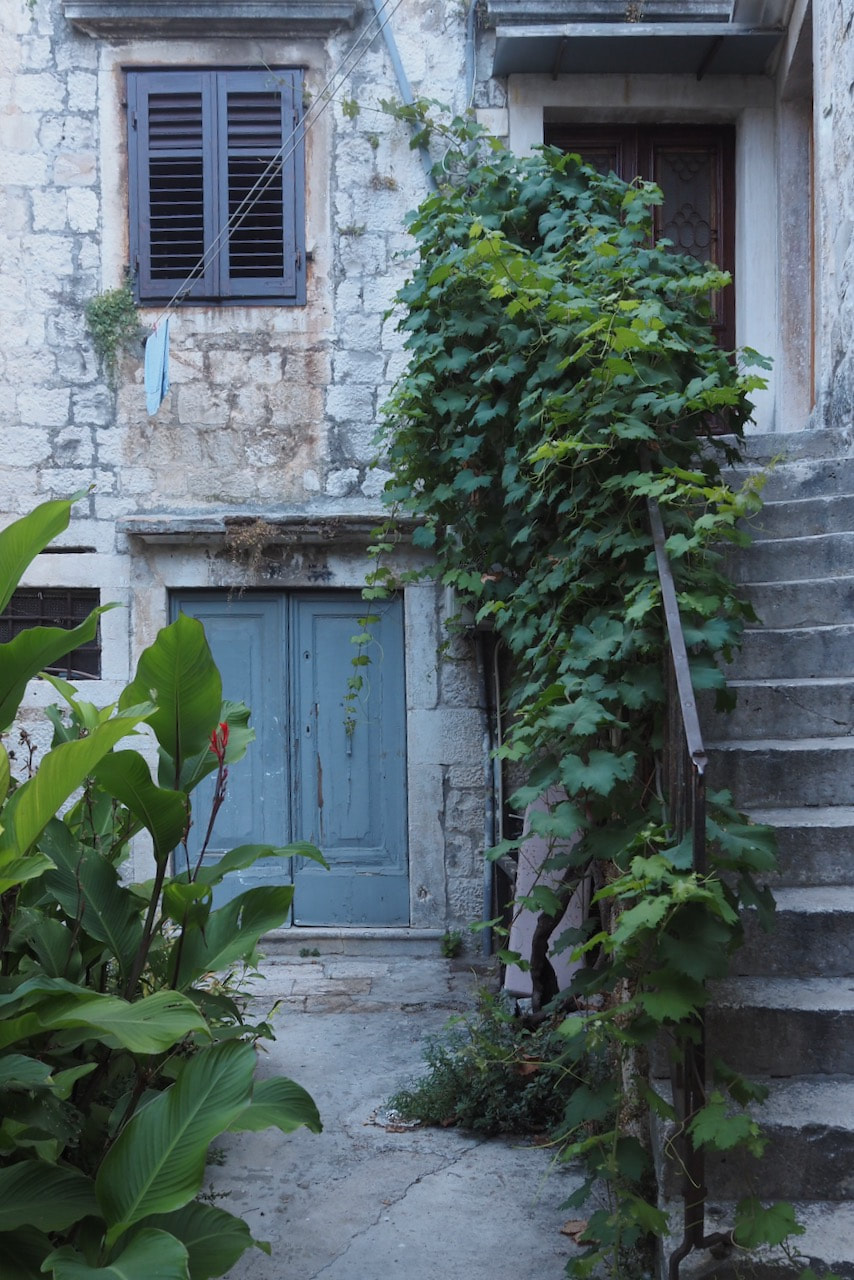Trogir
The city of Trogir, a stone maritime gem, is a picturesque town located on a small islet in the Adriatic Sea along the Croatian coastline.. It is protected as a UNESCO monument, as it has preserved its medieval charm throughout the centuries. It offers a picturesque combination of medieval streets winding through old buildings and the harbor. An admirable cathedral and numerous palaces testify to the rich history of this town.
Trogir's rich historical heritage dates back to ancient times, founded by Greek settlers and later inhabited by Romans. The key historical period is the Middle Ages when the town reached its peak. Trogir was important in trade and maritime activities and was under the influence of the Venetian Republic. This period left the greatest imprint on Trogir, with numerous buildings, palaces, churches, and towers characteristic of medieval architecture. With its narrow cobblestone streets, medieval palaces, and impressive cathedral, the town is a true lesson in architecture and history.
The center of the town is represented by the Trogir Cathedral of St. Lawrence, a true jewel of Romanesque architecture. The cathedral houses magnificent artistic treasures depicting scenes from Christian mythology. Also of exceptional importance on the western side of the town is the Kamerlengo Tower, which once served as a defensive tower and now offers a splendid view of the city walls and surroundings. While strolling through the town, you discover a multitude of medieval palaces and towers that testify to its rich past. Narrow cobbled streets weaving between stone houses and ancient palaces evoke a feeling of stepping into the past. The town is literally a living museum of history, where every corner unveils a new perspective on the past.
Trogir remains a unique window into the past, unobscured by modern life. It is a place where visitors can deeply inhale the spirit of history and admire the architectural masterpiece of the medieval era.
Trogir and its surroundings form an economically diverse area where various activities intertwine to contribute to the local economy:
Foremost, tourism takes the lead, as Trogir is one of the better-known tourist destinations on the eastern Adriatic coast. Its rich historical heritage with picturesque streets and a beautiful coastline attract visitors. Those staying in hotels, apartments, and private accommodations make the most significant contribution to the local economy.
Foremost, tourism takes the lead, as Trogir is one of the better-known tourist destinations on the eastern Adriatic coast. Its rich historical heritage with picturesque streets and a beautiful coastline attract visitors. Those staying in hotels, apartments, and private accommodations make the most significant contribution to the local economy.
Due to its coastal location, agriculture and fishing play important roles in the economy. The catch of various fish species provides fresh seafood, primarily for local consumption by residents and guests. Agriculture in the vicinity of Trogir relies on olives, grapes, citrus fruits, and vegetables. Olive oil and wine are well-known local products, also offered as souvenirs.
What are the people of Trogir also living from? An essential part of the economic activity and support for what's been mentioned before are shops, markets, artisanal businesses, and restaurants. Local artisans and entrepreneurs engage in producing traditional goods such as handmade crafts, ceramics, textile products, thereby creating jobs and offering products and services that cater to the needs of both locals and visitors.










 RSS Feed
RSS Feed
